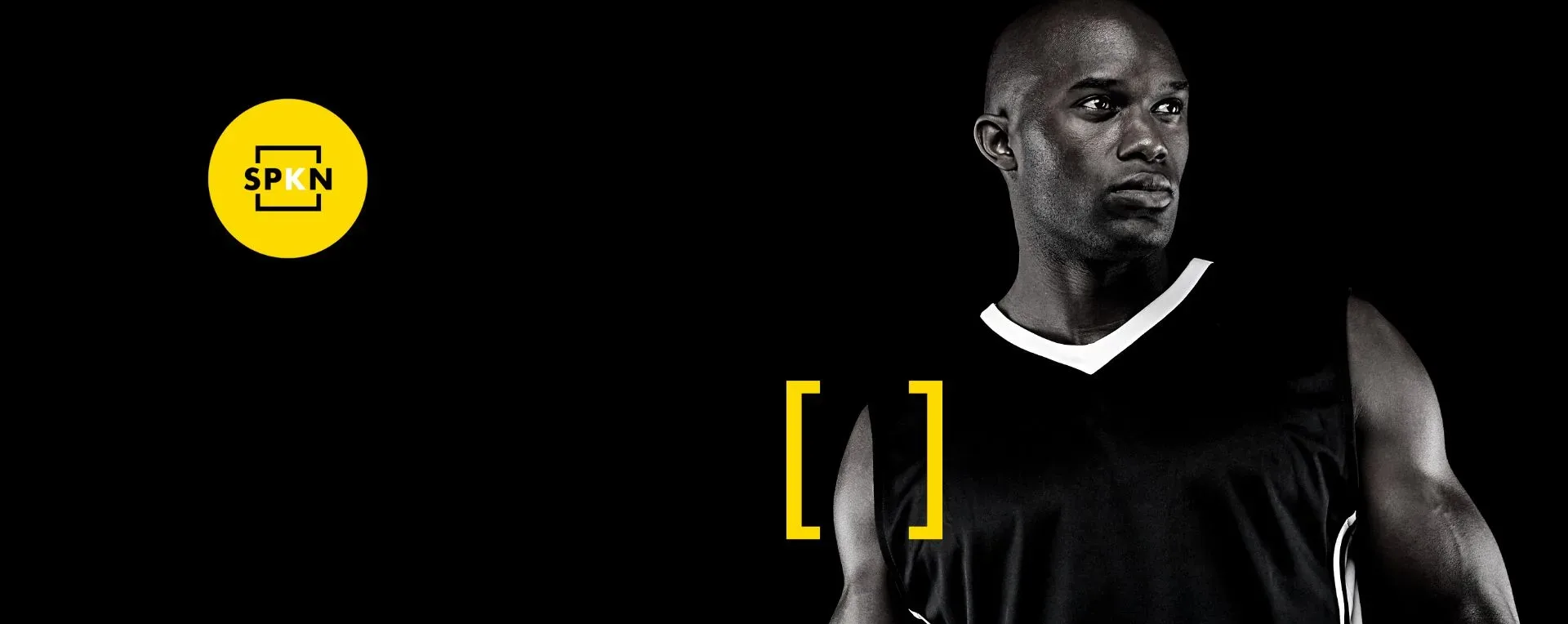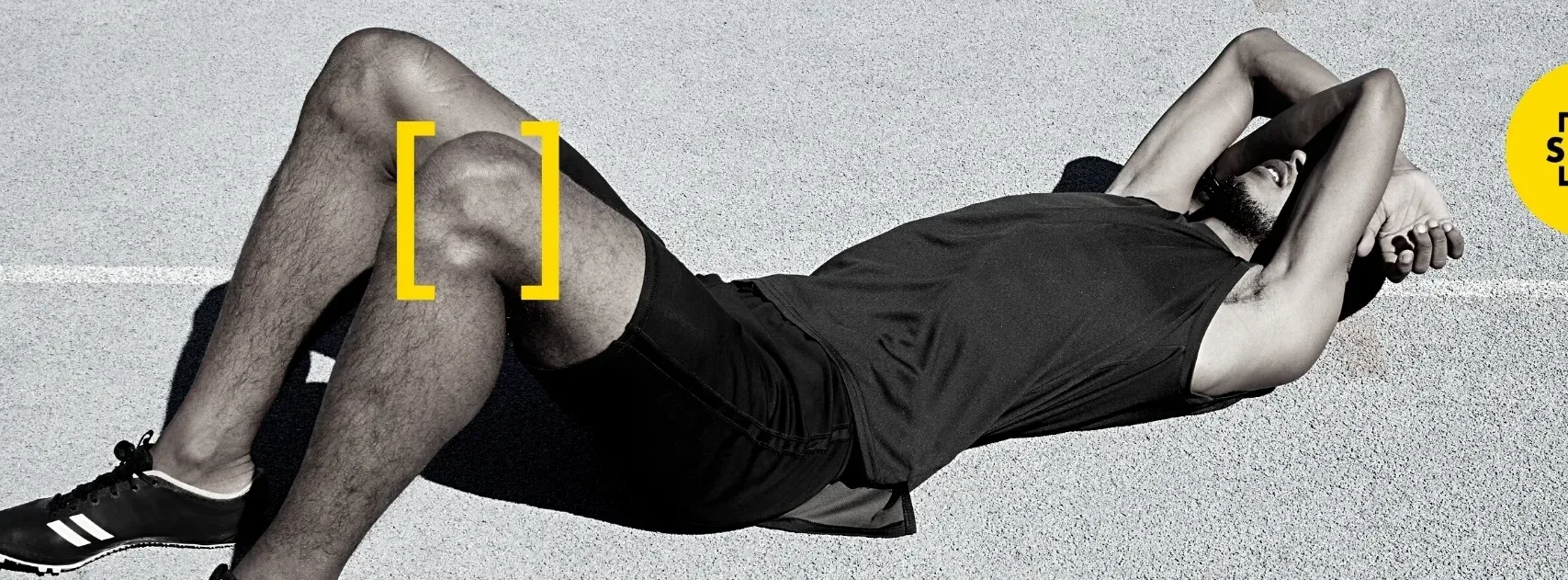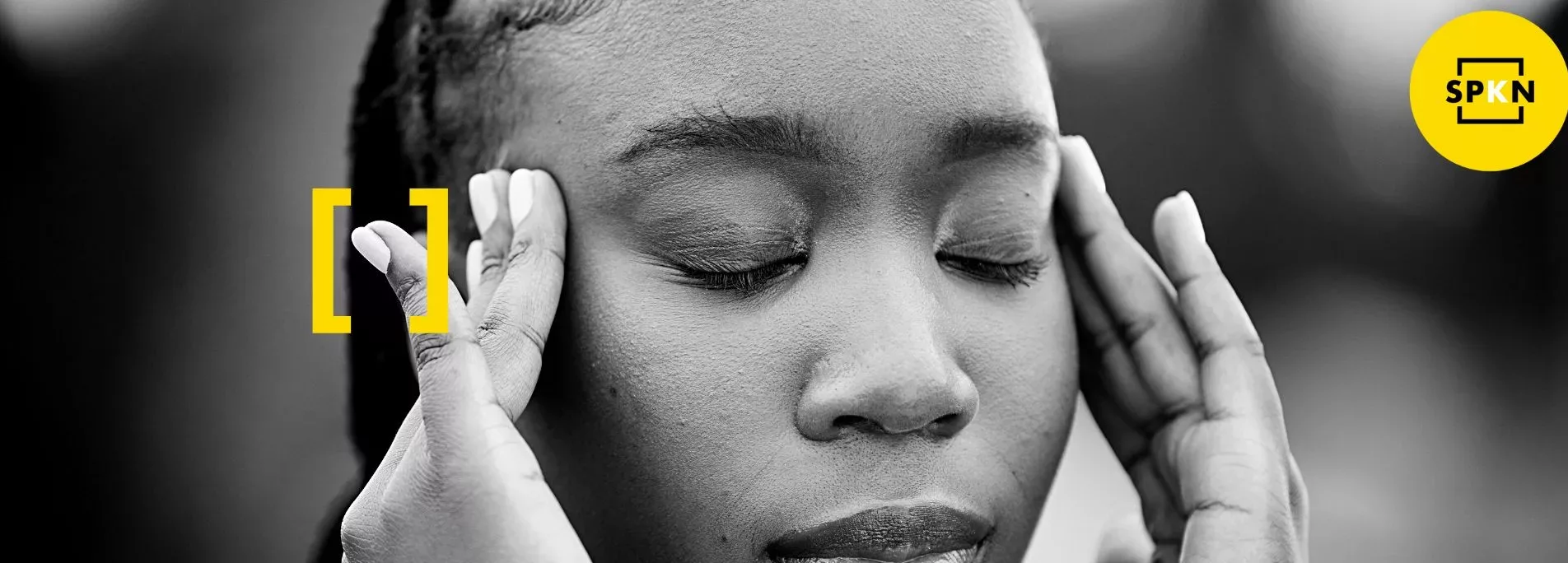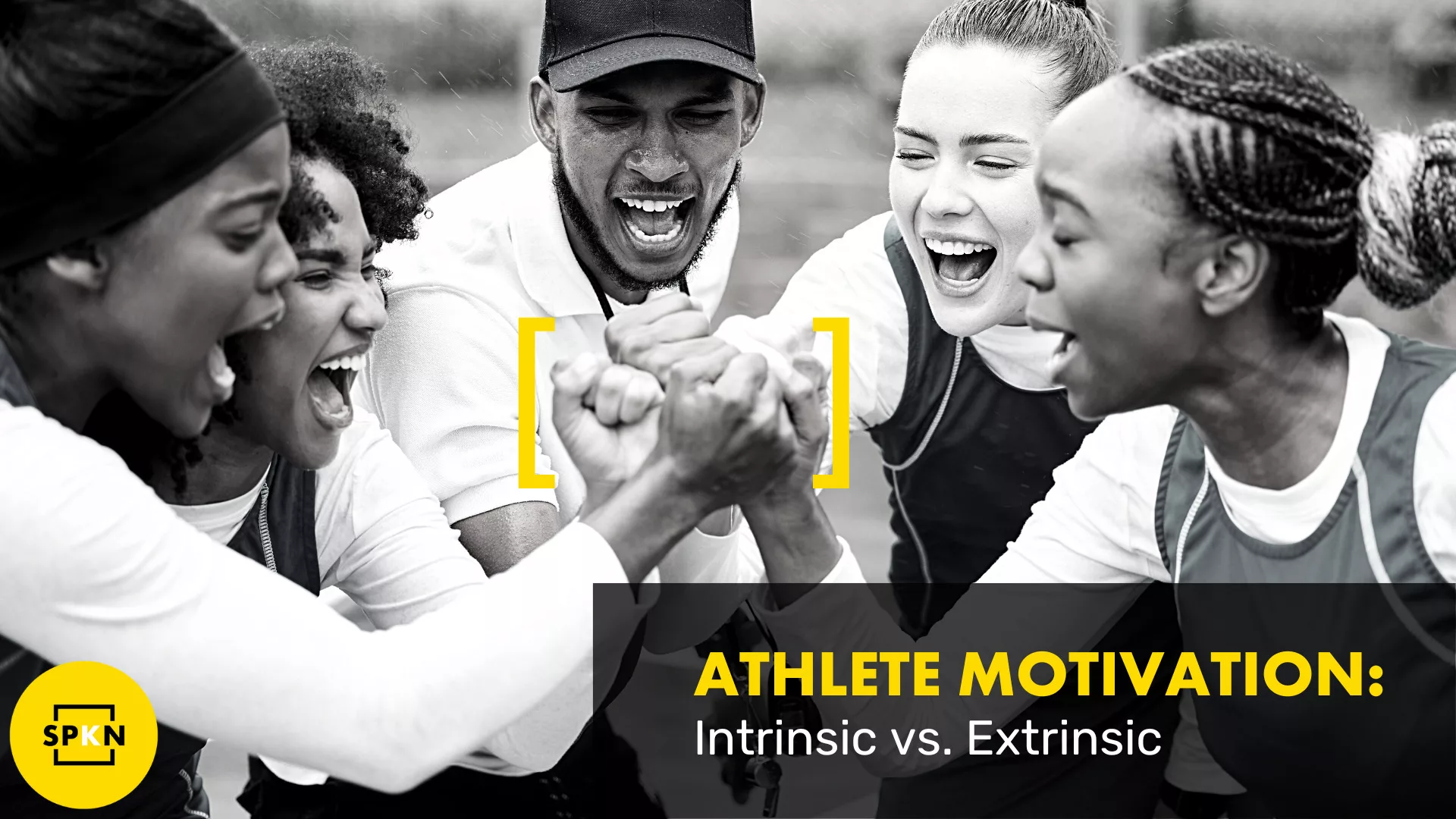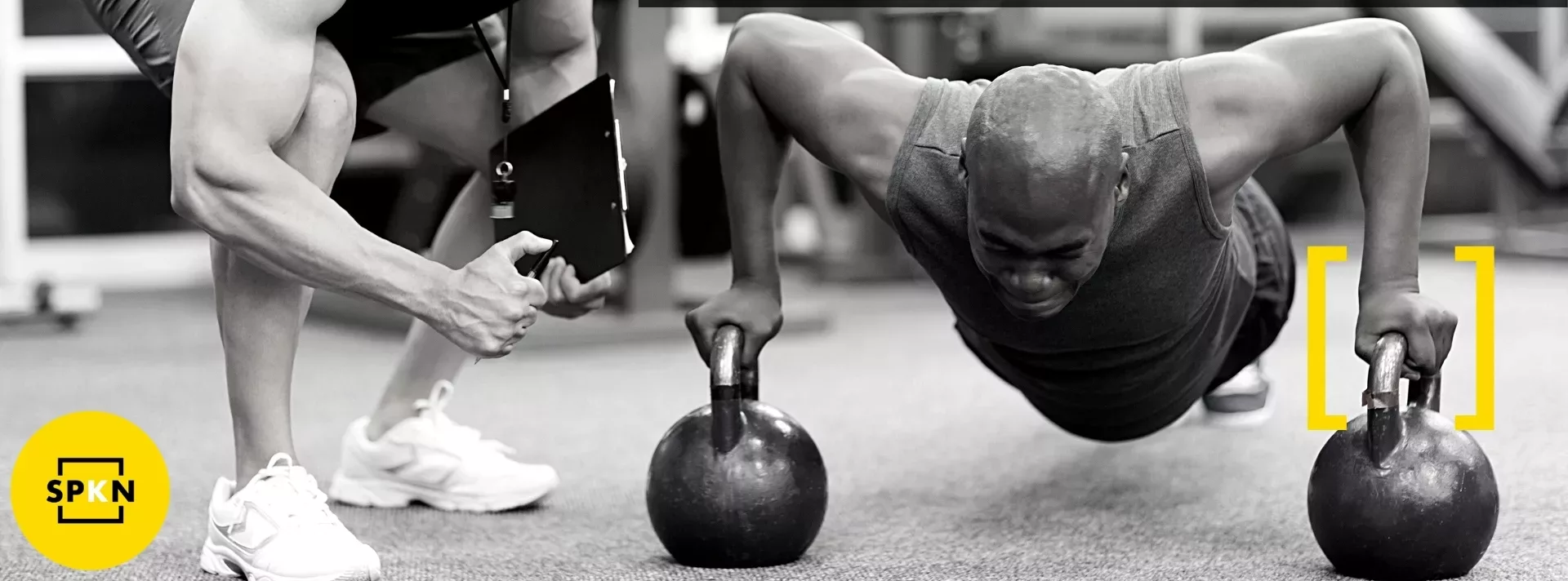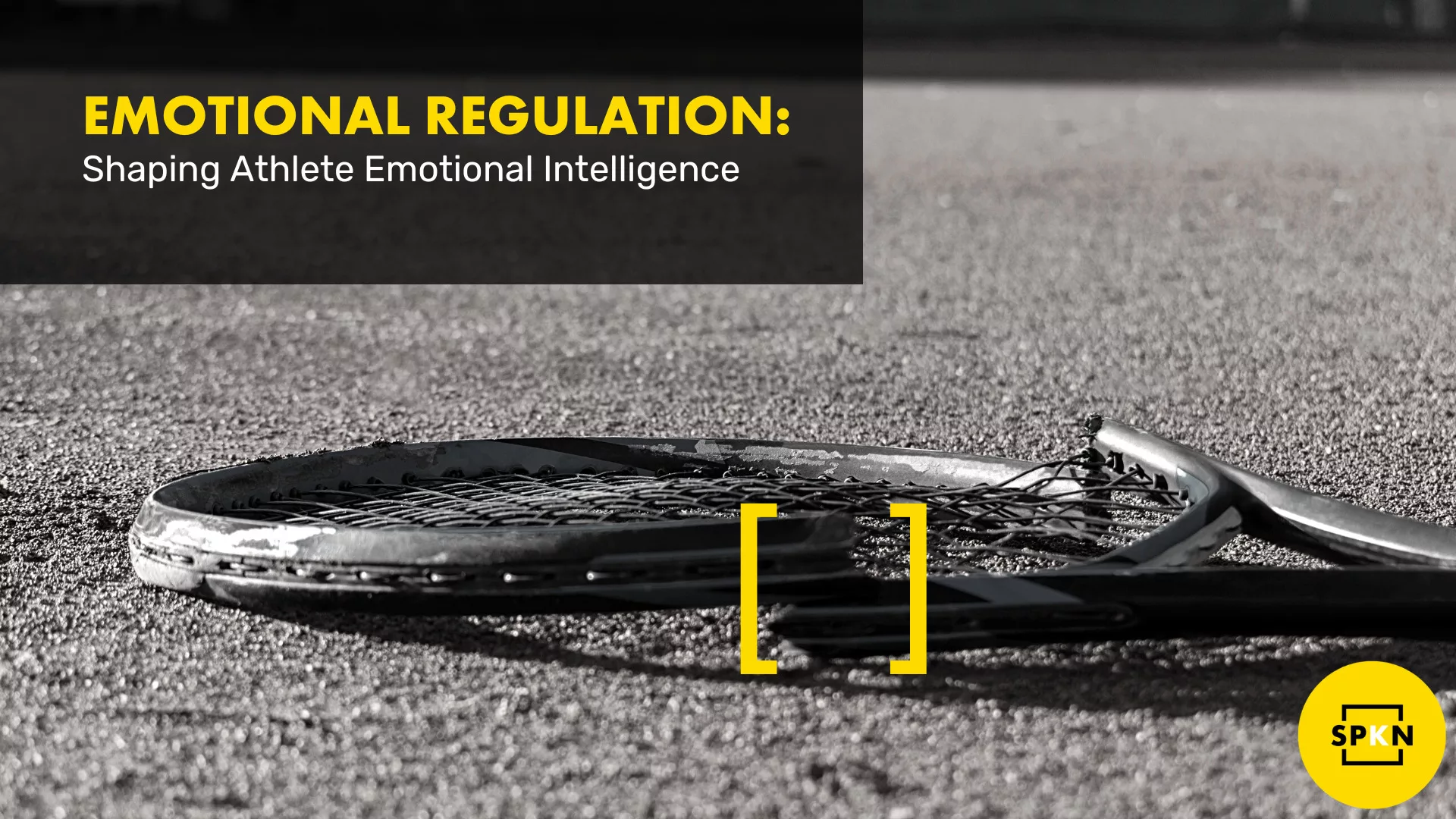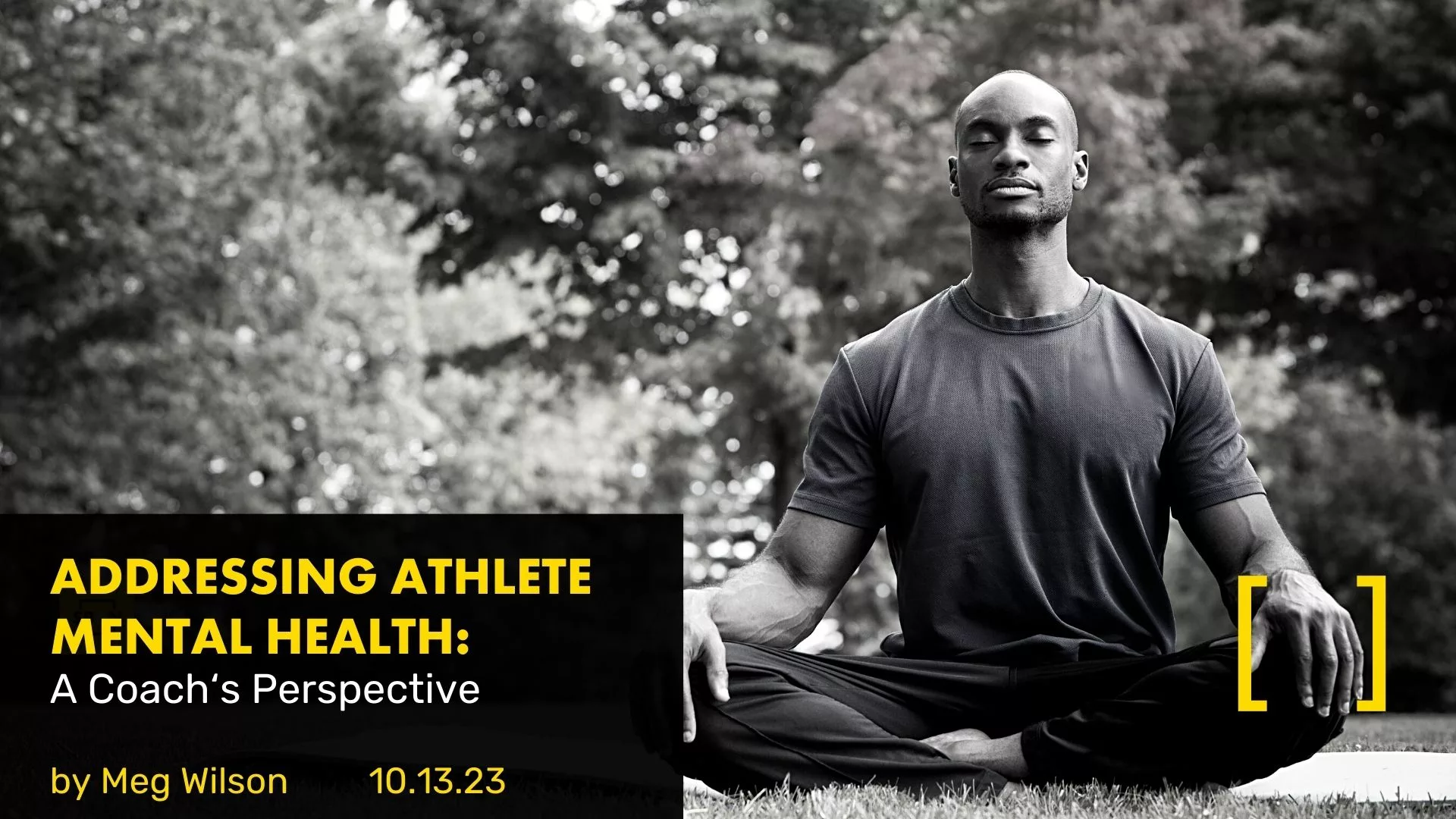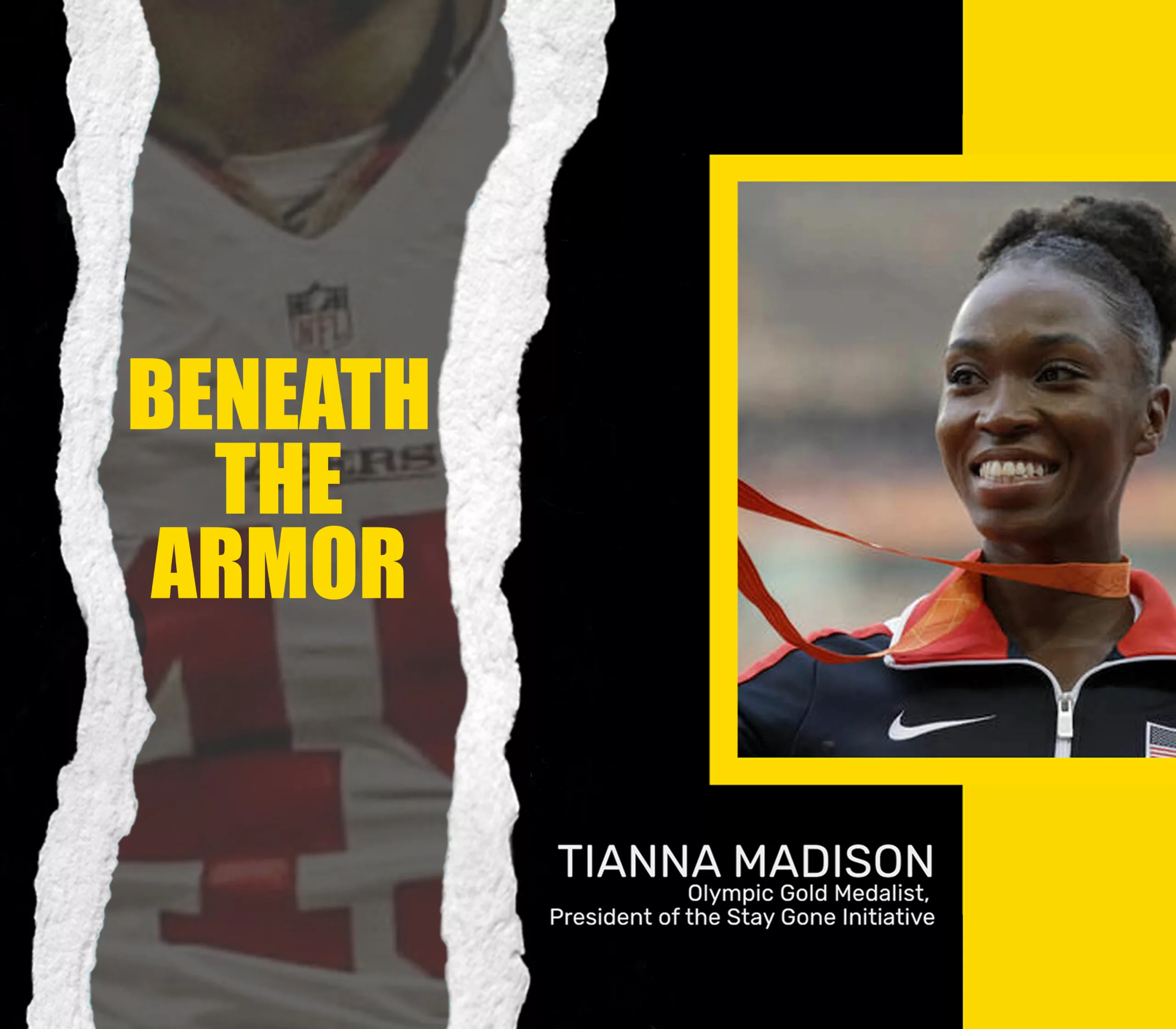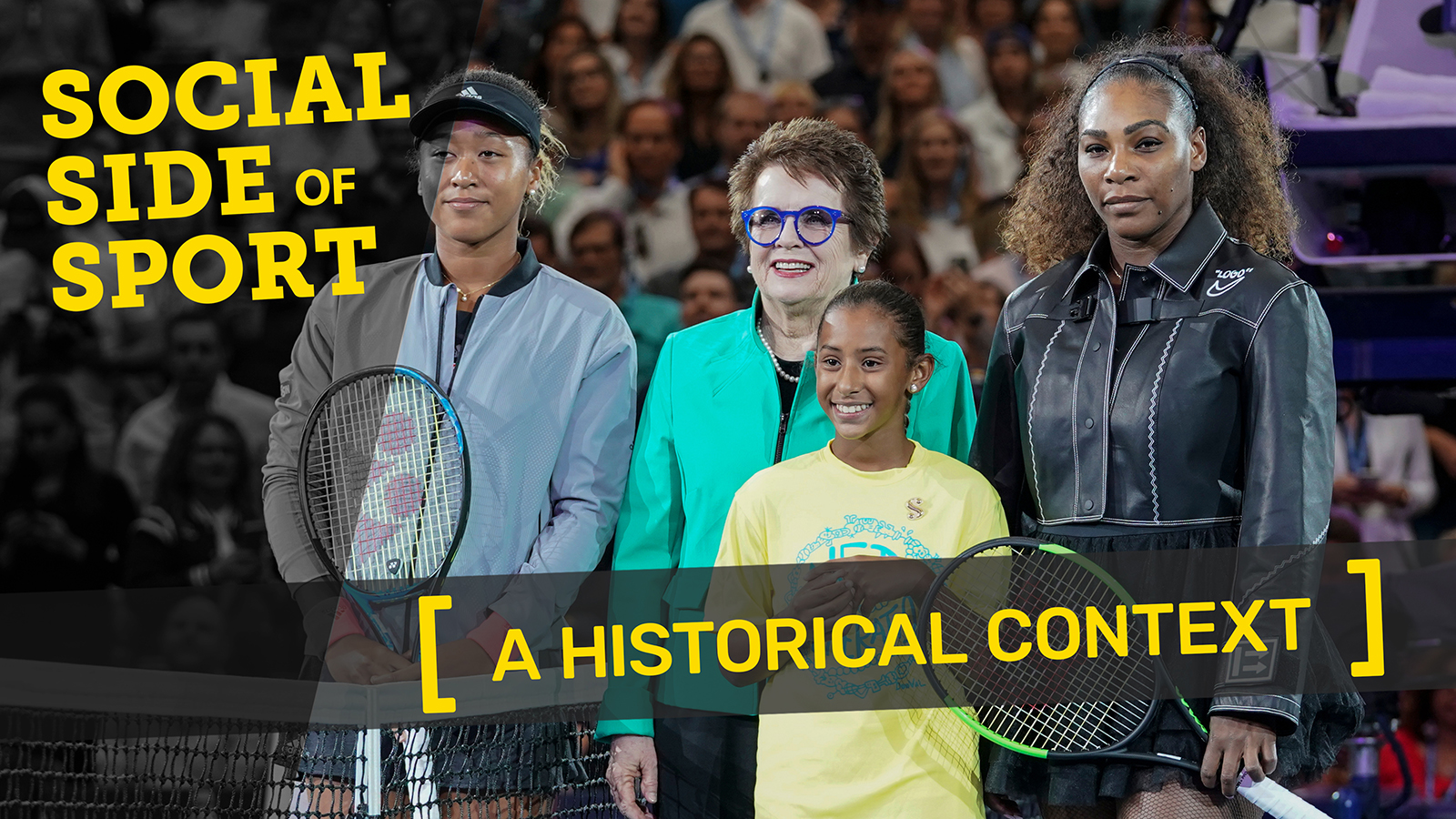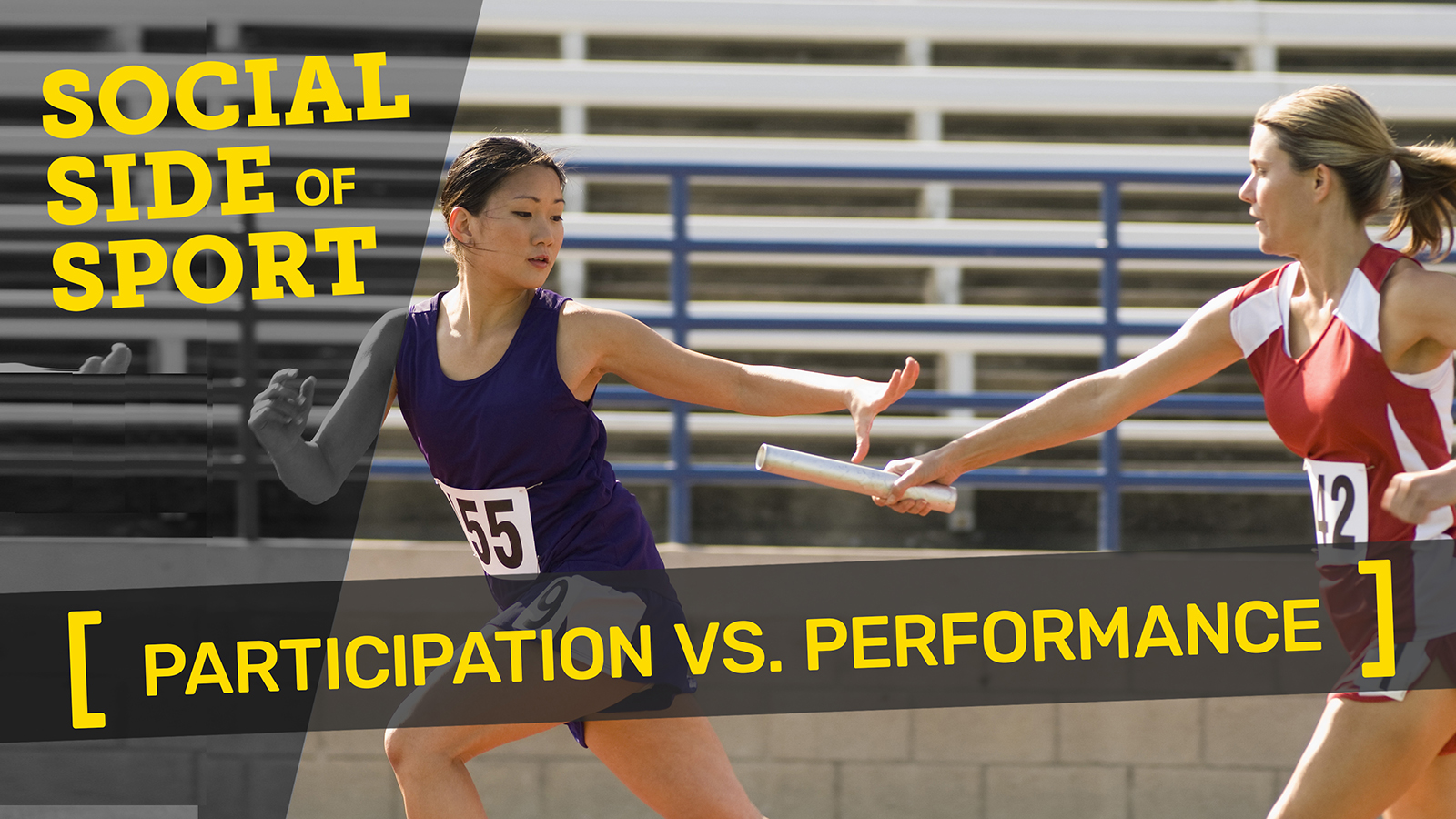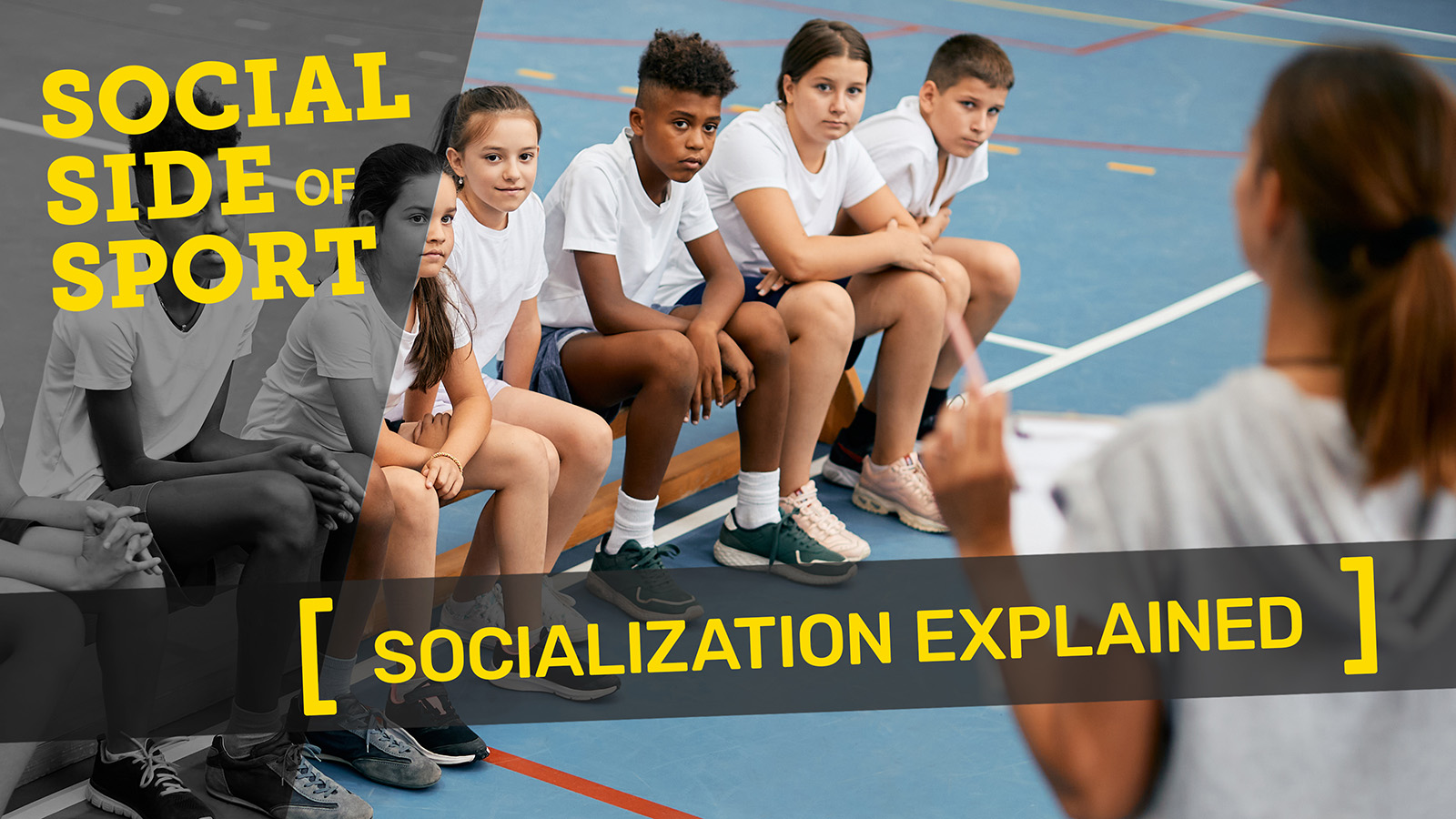Attentional Style is one of the most distinguished characteristics of successful athletes (Anshel, 2013). Attentional Styles are preliminarily characterized by two dimensions: direction (internal-external) and width (broad-narrow) (Nideffer & Sagal, 2006). The direction refers to a self-oriented (e.g., thoughts, emotions, physical sensations) versus an externally oriented (e.g., crowds, weather conditions) perspective; the width refers to an integrative (e.g., finding an open player to whom to pass the basketball in a game) versus a highly selective (e.g., the specific spot on a baseball where a player wants to hit) orientation. During competitions,
athletes are often asked to shift across these dimensions to meet the required attentional demands of the situation. Hence, changing the direction and width of attentional focus in response to different situations is fundamental for successful sport performance (Sport Psychology Staff, 2008).
The overlapping nature of these dimensions leads to four types of attentional control (Nideffer & Sagal, 2006, p. 384), which create four “quadrants” of attentional focus: 1.) broad external, in which the athlete assesses the situation by checking the environment and various elements within it, such as a quarterback scanning defenders before the beginning of a pass; 2.) broad internal, in which the athlete analyzes information and develops a strategy, such as a golfer planning a shot selection before addressing the ball; 3.) narrow internal, in which the athlete mentally rehearses and prepares the upcoming action, such as a basketball player preparing a routine before taking a free throw; and 4.) narrow external, in which the athlete specifically focuses on one or two external cues to generate action, such as a table tennis player focusing on their toss when beginning to serve.
Maintaining a high level of attentional control is not easy for athletes. A report from Sport Psychology Staff (2008) suggested four actions that may help improve one’s ability to concentrate during competition. Among these, one might focus on what is controllable versus uncontrollable by making two lists. One list should be the controllables, which are those factors athletes can do something about, such as a response to a mistake or a bad play. The other list should be the uncontrollables, which are the elements of performance athletes cannot do anything about, such as the crowd’s response to the athlete’s mistake. Simulation training is a second action, where the practitioner places the athlete in “real life” scenarios during practice to simulate possible distractions and additional focus areas that could occur during competition. Distraction drills might also be used to identify distractors and develop deliberate attempts to shift one’s attention away from the areas of required focus to practice moving back to relevant cues during a performance. Additionally, one might use concentration cues where they develop a list of positive, focused cues (e.g., self-talk, visual reminders) quickly to shift one’s attention to appropriate points throughout a performance.




